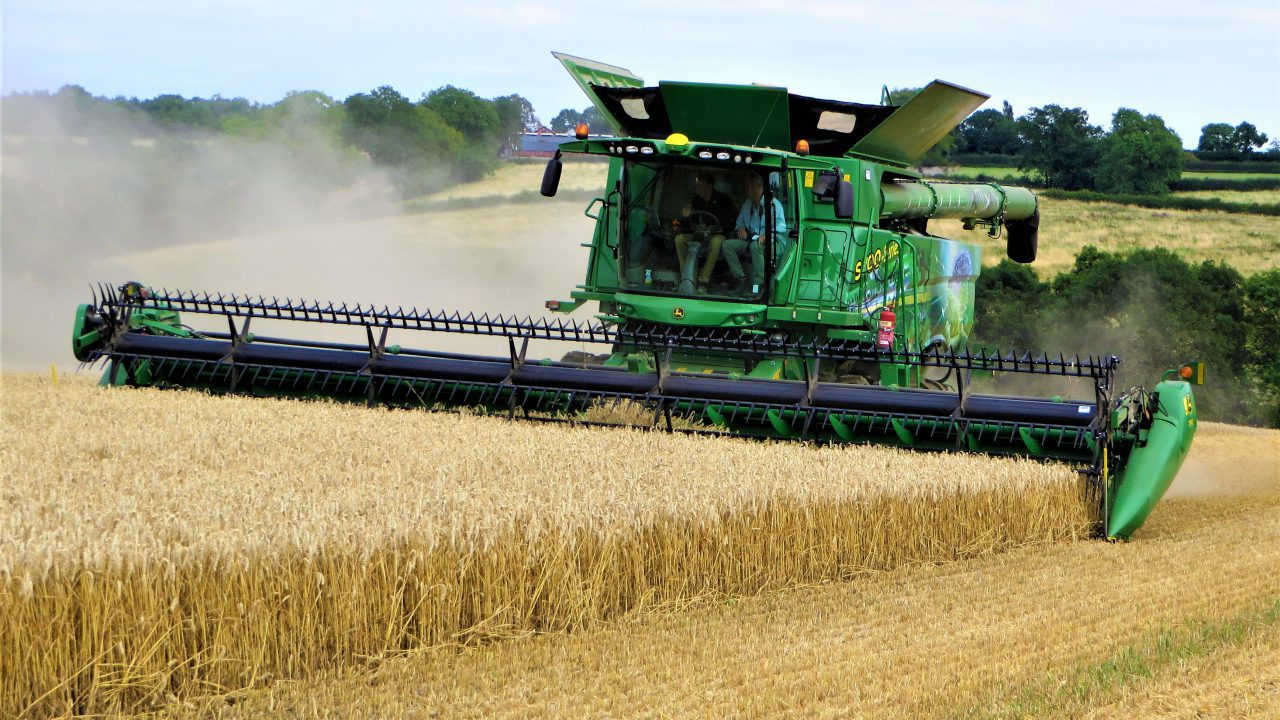Many Irish cereal growers use the winter barley harvest to help them set up the combine for the season ahead.
However, most modern machines can be set up at the touch of a button.
But do factory settings represent the best option for Irish harvesting conditions?
This was an issue discussed by Teagasc’s Dermot Forristal on a recent Tillage Edge podcast.
“Modern combines allow for touch-button control for all crop types,” he explained.
“This means that the machine will automatically assume a default setting in terms of threshing and cleaning components.
“So the default settings go in as a starting point.
“But it’s still up to the operator to go beyond the default setting in order to maximise the performance of the machine for a specific set of circumstances,” he added.
Setting up a combine
According to the Teagasc specialist, setting up a combine has three main functions:
- Maximising output;
- Minimising seed losses;
- Minimising seed damage.
According to the machinery specialist, combine operators must seek to ensure that settings are optimised.
“To do that, it’s a case of looking at the quality of the grain coming into the tank. It’s also important to gauge what the combine is actually leaving in the field behind it,” Forristal said.
“It’s then a case of fine tuning the default settings. These can then be stored in the machine as bespoke default settings for future use.
“The default settings on modern combines are a help. But they do not remove the onus on the part of the operator to tweak them accordingly, as and when required.”
Forristal confirmed that assessing initial grain losses in the field has been made more difficult due to the fact that combine header widths have increased and straw chopping is now incorporated into the harvesting process, in many cases.
“It’s unlikely to work with a scenario of zero grain loss in most situations. But it should be feasible to get this figure down into the range 1-1.5%,” he continued.
“Combine operators should never be afraid of consulting the constructors’ manual. This is aided nowadays with lots of additional video material that is available online.
“But it’s still a case of combine operators having to physically assess grain loss at the header while also trying to gauge losses at the back of the combine. This is most easily carried out with the straw chopper turned off.
“The objective is to assess the loss of grain per unit area covered by the combine.”
